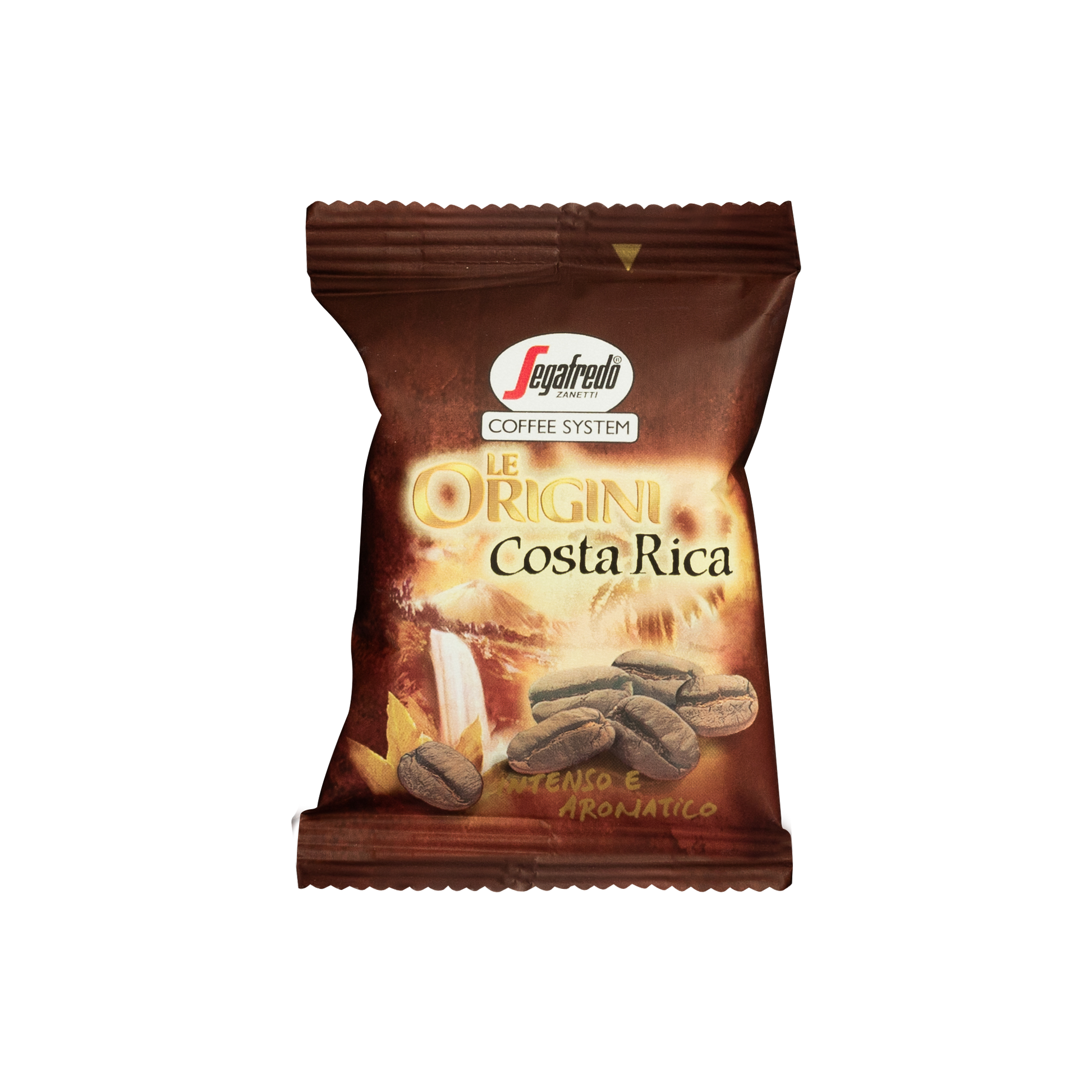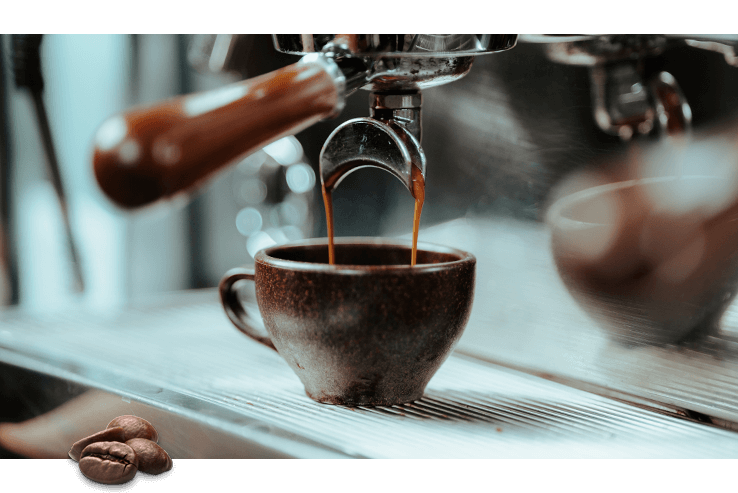A Guide Before Buying SOE Single Origin Espresso
A Guide Before Buying SOE Single Origin Espresso
Blog Article
Coffee Beans Uncovered: Discovering the Keys of Coffee and Blended Coffee Beans
When you assume regarding coffee, what enters your mind? Is it the abundant scent of espresso or the intricacy of a well-crafted mix? Comprehending the nuances of coffee beans can change your experience. Each range, from Arabica to Robusta, holds its very own tricks. As you explore even more, you'll uncover exactly how these beans form tastes and effect sustainability. What might you find regarding your following cup?
The Origins of Coffee: A Historical Point Of View
Although coffee is currently a staple in coffee culture worldwide, its beginnings map back to the very early 20th century in Italy. You may be shocked to discover that the invention of coffee was driven by a desire for rate and effectiveness. In 1901, Luigi Bezzera patented the very first coffee equipment, aiming to brew coffee faster than typical approaches. This innovation swiftly recorded the focus of Italian coffee drinkers, causing the coffee bars we know with today.
Comprehending Espresso Beans: Attributes and ranges
When you assume about espresso, it's vital to identify the different bean varieties and their special flavors. Each type brings a distinctive character to your mug, influenced by aspects like roast degrees. Comprehending these elements can raise your espresso experience substantially.
Espresso Bean Varieties
As you explore the world of espresso, you'll quickly uncover that not all beans are produced equivalent; each range brings its own distinct tastes and characteristics to your cup. Arabica beans are recognized for their smooth, nuanced tastes and reduced caffeine web content, making them a preferred amongst coffee connoisseurs. Each selection provides something various, so exploring will certainly aid you locate your best espresso.
Flavor Accounts Explained
Comprehending the taste accounts of different coffee beans can raise your coffee experience. Each bean selection supplies unique attributes that affect mouthfeel, scent, and preference. Arabica beans commonly provide a sweeter, much more complex flavor with hints of fruit and flower notes, while Robusta beans often tend to be bolder, with nutty and natural undertones.
When you discover single-origin beans, you may find unique regional tastes-- Main American beans may be citrusy and bright, whereas Italian blends typically provide rich, chocolatey notes.
Roast Degrees Influence
Roast degrees play a necessary function fit the taste and aroma of coffee beans, affecting your overall coffee experience. With light roasts, you'll find bright level of acidity and a lot more noticable fruity notes. As you move to tool roasts, you'll appreciate a well balanced profile that showcases sweetness and intricacy. Dark roasts, on the other hand, often present abundant, strong flavors with a great smoky surface, but they can mask the beans' intrinsic qualities. Comprehending these roast levels assists you select the coffee that fits your taste choices. Try out different roasts can cause delightful discoveries, boosting your admiration for espresso. Don't wait to explore numerous roast degrees and discover your excellent mug!
The Art of Mixing: What Makes Blended Coffee One-of-a-kind
What makes combined coffee so interesting? It's everything about the art of integrating beans from different origins, roast levels, and taste accounts. You're not just blending; you're developing a harmonious equilibrium that highlights the strengths of each bean when you blend. You can try out different combinations to improve sweetness, body, and acidity, causing a brew that's richer and more intricate than a single-origin coffee.
Mixing also enables you to satisfy diverse taste preferences. You can craft a blend that's smooth and smooth or one that's bold and durable, depending on your audience. Plus, mixing can aid preserve uniformity, offering a reputable flavor experience despite seasonal variations in beans. So, whether you're a barista or a home brewer, mastering the art of blending opens a globe of imagination and taste possibilities, making your coffee experience truly unique - SOE.
Taste Accounts: Tasting Notes of Espresso vs. Blended Coffee
Mixed coffee provides a world of taste possibilities, yet when it concerns espresso, you're taking a look at an extra focused experience. Espresso normally showcases strong, abundant flavors with a thicker mouthfeel. You may observe notes of dark delicious chocolate, sugar, or perhaps tips of fruit, relying on the beans. The strength can be both satisfying and revitalizing.
On the various other hand, mixed coffee provides a complex tapestry of flavors. You can discover a variety of sampling notes, from nutty and sweet to flower and fruity. Each blend can provide something one-of-a-kind, typically combining beans from various areas to develop a balanced account.
While espresso delivers a punch, combined coffee welcomes you to enjoy the nuances. Whether you choose the robust toughness of coffee or the complex tastes of mixed coffee, each mug tells its very own story, waiting on you to find.
Brewing Techniques: Refining Your Coffee Shot
To achieve the perfect espresso shot, comprehending the developing strategies is crucial, as even small changes can considerably affect the taste and top quality. Start by using fresh, top quality coffee beans; grind them right before developing for maximum flavor. Go for a fine grind, about the consistency of common salt, to guarantee optimal removal.
Next, focus on your water temperature; it must be in between 195 ° F to 205 ° F. Too too cold or hot can ruin your shot. Usage about 18-20 grams of coffee for a dual shot, and tamp it evenly with firm pressure to produce an uniform puck.
A longer extraction can lead to anger, while as well brief can visit this website result in sour flavors. Exercise these methods regularly, and you'll improve your abilities, achieving that rich, full-bodied espresso shot you hunger for.
The Role of Roast Degrees in Espresso and Blended Coffee
After grasping the developing strategies for coffee, it's time to contemplate just how roast levels influence the taste profile of your coffee. Light roasts tend to highlight the coffee's origin, providing brilliant level of acidity and fruity notes, while medium roasts balance level of acidity and sweet taste, producing a well-rounded taste.

Exploring Sustainability: Ethical Sourcing of Coffee Beans
When you choose coffee, you're not just selecting a flavor; you're making a choice concerning the effect on farmers and the environment. Comprehending Fair Trade methods, natural farming approaches, and certification criteria can help you support sustainable coffee sourcing. Let's check out exactly how these variables add to a much more ethical coffee experience.
Fair Profession Practices
Fair Trade practices play an important duty in making certain that coffee beans are sourced morally and sustainably. You support farmers who receive reasonable salaries and job in secure problems when you pick Fair Profession coffee. This dedication to honest sourcing assists battle destitution and advertises area advancement in coffee-growing regions. You'll locate that Fair Profession accreditation also urges ecologically friendly farming techniques, as producers are incentivized to safeguard their land and resources. By going with Fair Profession brand names, you're not just taking pleasure in a rich mug of coffee; you're making a favorable influence on the lives of those who grow it. Your option matters, and it connects you to a check my site global movement focused on justness and sustainability in the coffee sector.
Natural Farming Techniques
As you check out the world of moral coffee sourcing, natural farming approaches become an important part of sustainability. By selecting natural coffee, you sustain techniques that focus on soil wellness, biodiversity, and natural ecosystems. Farmers avoid synthetic chemicals and plant foods, depending rather on natural compost and crop rotation to enhance soil fertility. This not only shields the atmosphere but additionally boosts the top quality of the coffee you delight in. Chemical-free farming encourages regional wild animals and promotes a well balanced environment, minimizing the opportunities of illness and pests. Additionally, it typically results in more powerful, healthier coffee plants, leading to richer tastes in your mug. You're making an aware selection that benefits both the earth and your taste buds. when you opt for natural coffee.
Accreditation Requirements Explained
Recognizing accreditation criteria is essential for any individual curious about fairly sourced coffee. These requirements, such as Fair Profession, Jungle Alliance, and USDA Organic, Recommended Site guarantee that coffee is grown under sustainable methods. When you select certified coffee, you support farmers that follow ethical labor techniques and environmental defense.
Fair Trade accreditation focuses on offering reasonable earnings and working conditions, while Rain forest Partnership highlights biodiversity and community preservation. USDA Organic ensures that no synthetic plant foods or chemicals are used. By familiarizing yourself with these qualifications, you can make informed selections that line up with your worths. Following time you go to your regional coffee shop or grocery shop, try to find these tags, and really feel great recognizing your coffee purchase positively affects areas and the atmosphere.
Often Asked Concerns


Exactly How Does Altitude Affect the Development of Coffee Beans?
Elevation impacts coffee bean growth by influencing temperature and climate. Greater elevations frequently generate denser beans with more facility flavors, while lower altitudes can cause faster development however much less flavorful results. You'll taste the distinction!
What's the Difference Between Arabica and Robusta Beans?
Arabica beans are sweeter and extra complicated, while Robusta beans have a stronger, harsher taste with greater high levels of caffeine content. You'll locate Arabica liked for specialty coffees, whereas Robusta's usually utilized in instantaneous coffee and coffee blends.
Can Coffee Beans Spoil or Shed Flavor Gradually?
Yes, coffee beans can spoil and shed flavor gradually. They'll come to be stagnant if you keep them incorrectly or keep them also long. Always maintain your beans in a closed container away from light and wetness.
What Are the Wellness Advantages of Alcohol Consumption Espresso?
Drinking espresso increases your energy, improves psychological clarity, and may decrease the threat of certain conditions. It's rich in antioxidants, supports metabolism, and can enhance state of mind, making it a helpful option for your everyday regimen.
Exactly How Does Water Top Quality Influence Espresso Extraction?
Water high quality greatly affects coffee removal. It affects the solubility of oils and tastes, influencing taste and aroma. Making use of filtered water can improve your coffee, making sure a well balanced and satisfying cup each time you make.
Coffee Beans Uncovered: Discovering the Secrets of Espresso and Blended Coffee Beans.
Recognizing the flavor accounts of various coffee beans can boost your coffee experience.Roast levels play a crucial duty in shaping the taste and aroma of espresso beans, influencing your total coffee experience (SOE).Blended coffee offers a world of taste opportunities, yet when it comes to coffee, you're looking at a much more focused experience.After grasping the developing methods for coffee, it's time to ponder just how roast levels influence the flavor profile of your coffee
Report this page